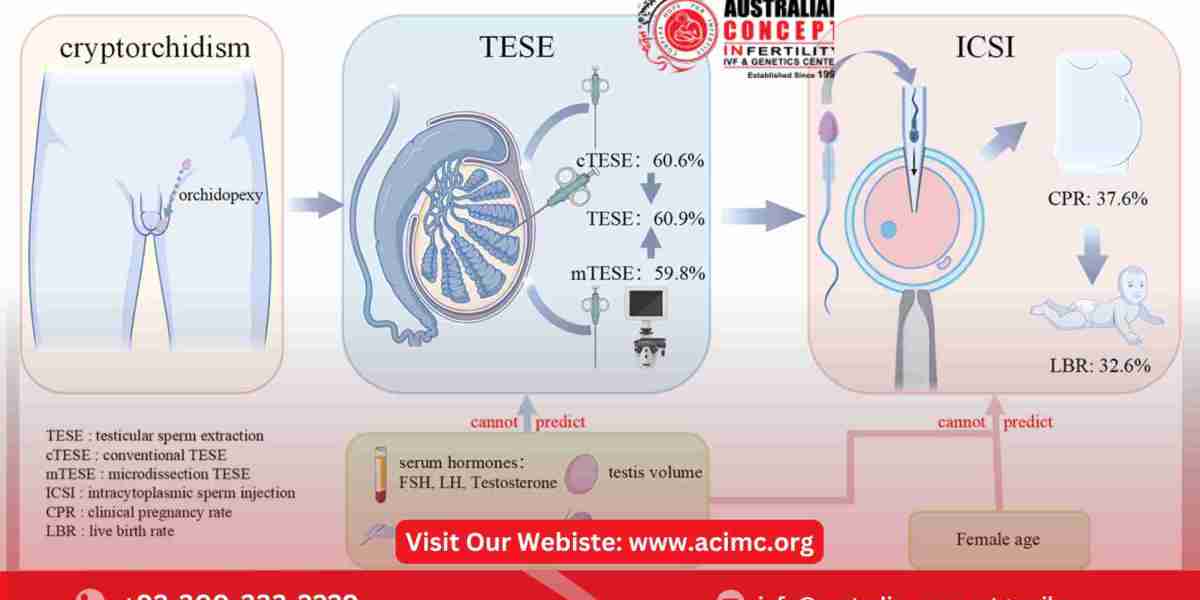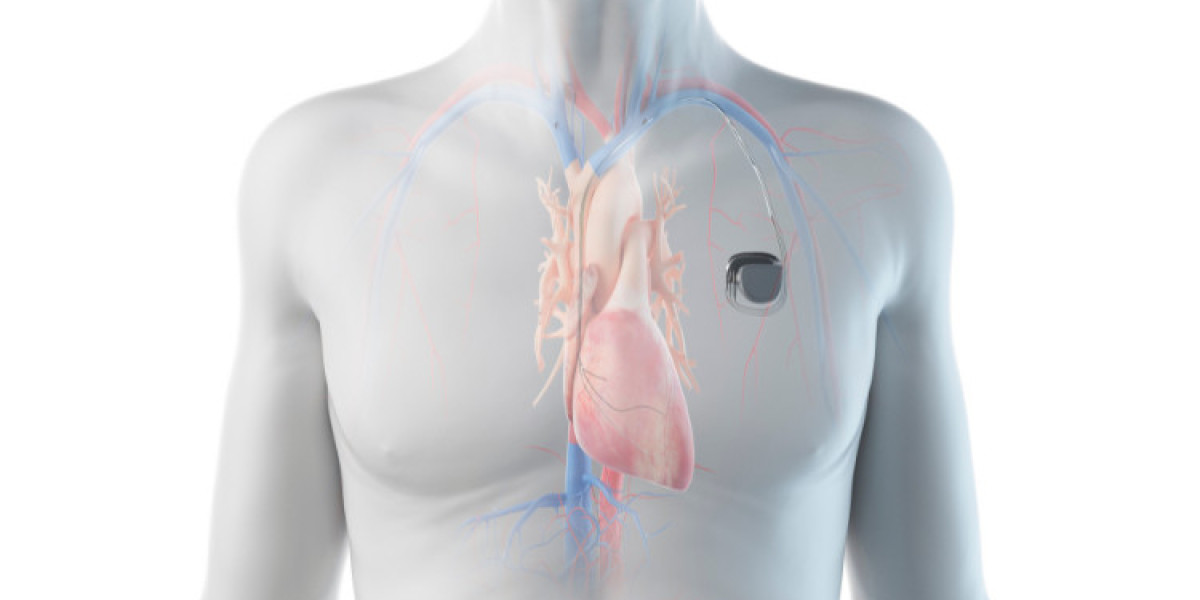Azoospermia, the absence of sperm in the ejaculate, is a major cause of male infertility. It affects about 1% of men and up to 10% of those dealing with infertility. In recent years, medical advancements have significantly improved the chances of men with azoospermia fathering biological children. These breakthroughs offer new hope, especially for those who previously had no treatment options.
Types of Azoospermia
Before exploring the latest treatments, it is important to understand the two types of azoospermia:
- Obstructive Azoospermia (OA) – The testes produce sperm, but a blockage prevents it from reaching the semen.
- Non-Obstructive Azoospermia (NOA) – The testicles fail to produce enough sperm due to genetic, hormonal, or structural issues.
Latest Advances in Azoospermia Treatment
Recent developments in reproductive medicine have made azoospermia treatment more effective. Below are some of the most promising advances in this field:
1. Micro-TESE: A More Effective Sperm Retrieval Technique
Microdissection testicular sperm extraction (Micro-TESE) is a minimally invasive surgical technique used to extract sperm from men with non-obstructive azoospermia. Unlike traditional sperm retrieval methods, Micro-TESE uses high-powered microscopic magnification to locate sperm-producing areas in the testes.
Why is Micro-TESE a Game Changer?
Higher success rates – Increases sperm retrieval success by up to 60% compared to conventional TESE.
Less tissue damage – Reduces testicular trauma, preserving function.
Better sperm quality – Helps in obtaining viable sperm for ICSI (Intracytoplasmic Sperm Injection).
2. Stem Cell Therapy: A Revolutionary Approach
Stem cell therapy is one of the most exciting new treatments for azoospermia. Scientists are exploring how stem cells can regenerate sperm-producing cells in men with non-obstructive azoospermia.
How Does It Work?
- Mesenchymal stem cells (MSCs) are injected into the testes to stimulate sperm production.
- Studies suggest that stem cells may help restore spermatogenesis, making natural conception possible.
- Research is still in early stages, but initial trials show promising results.
3. Gene Therapy for Genetic Azoospermia
For men with genetic mutations causing azoospermia (e.g., Klinefelter Syndrome, Y-chromosome microdeletions), gene therapy offers potential treatment options.
Key Developments
? Scientists are working on CRISPR gene editing to correct genetic defects in sperm-producing cells.
? Early studies in animals show the possibility of restoring fertility in cases where sperm production was previously impossible.
? Although not yet widely available, gene therapy is expected to revolutionize azoospermia treatment in the coming years.
4. Hormonal Therapy for Non-Obstructive Azoospermia
Many cases of non-obstructive azoospermia are linked to hormonal imbalances. The latest research suggests that targeted hormone therapy can stimulate sperm production in some men.
New Hormonal Treatments
FSH (Follicle-Stimulating Hormone) Therapy – Boosts sperm production in men with low FSH levels.
Clomiphene Citrate & Letrozole – Used to balance hormones and improve testicular function.
Gonadotropin Injections – Effective for men with pituitary gland disorders affecting sperm production.
Clinical trials show that up to 20% of men with non-obstructive azoospermia can develop sperm in their semen after hormonal therapy.
5. Artificial Sperm: The Future of Male Fertility?
Scientists are working on artificial sperm technology, which involves creating sperm cells from stem cells or skin cells.
Potential Benefits
Offers a fertility solution for men with untreatable azoospermia.
May allow men to father biological children even if their body does not produce sperm.
Still in experimental stages, but future applications could be life-changing.
6. Advanced Imaging Technology for Sperm Retrieval
The latest AI-assisted imaging techniques help embryologists locate sperm more effectively.
Why is This Important?
? High-resolution imaging enhances the success of sperm retrieval procedures.
? AI algorithms improve the identification of viable sperm for use in IVF and ICSI.
? Leads to better fertilization rates and higher success in assisted reproduction.
Conclusion:
With these groundbreaking advances, men with azoospermia now have more treatment options than ever before.
Micro-TESE improves sperm retrieval success.
Stem cell therapy and gene therapy offer future possibilities.
Hormonal treatments can stimulate sperm production.
Artificial sperm could change the future of male fertility.
If you or a loved one is struggling with azoospermia, consulting with an infertility specialist can help explore the latest treatments and find the best solution. Science is advancing, and new fertility breakthroughs are giving renewed hope to couples seeking parenthood.
For More Details: https://acimc.org/ivf-lahore/






